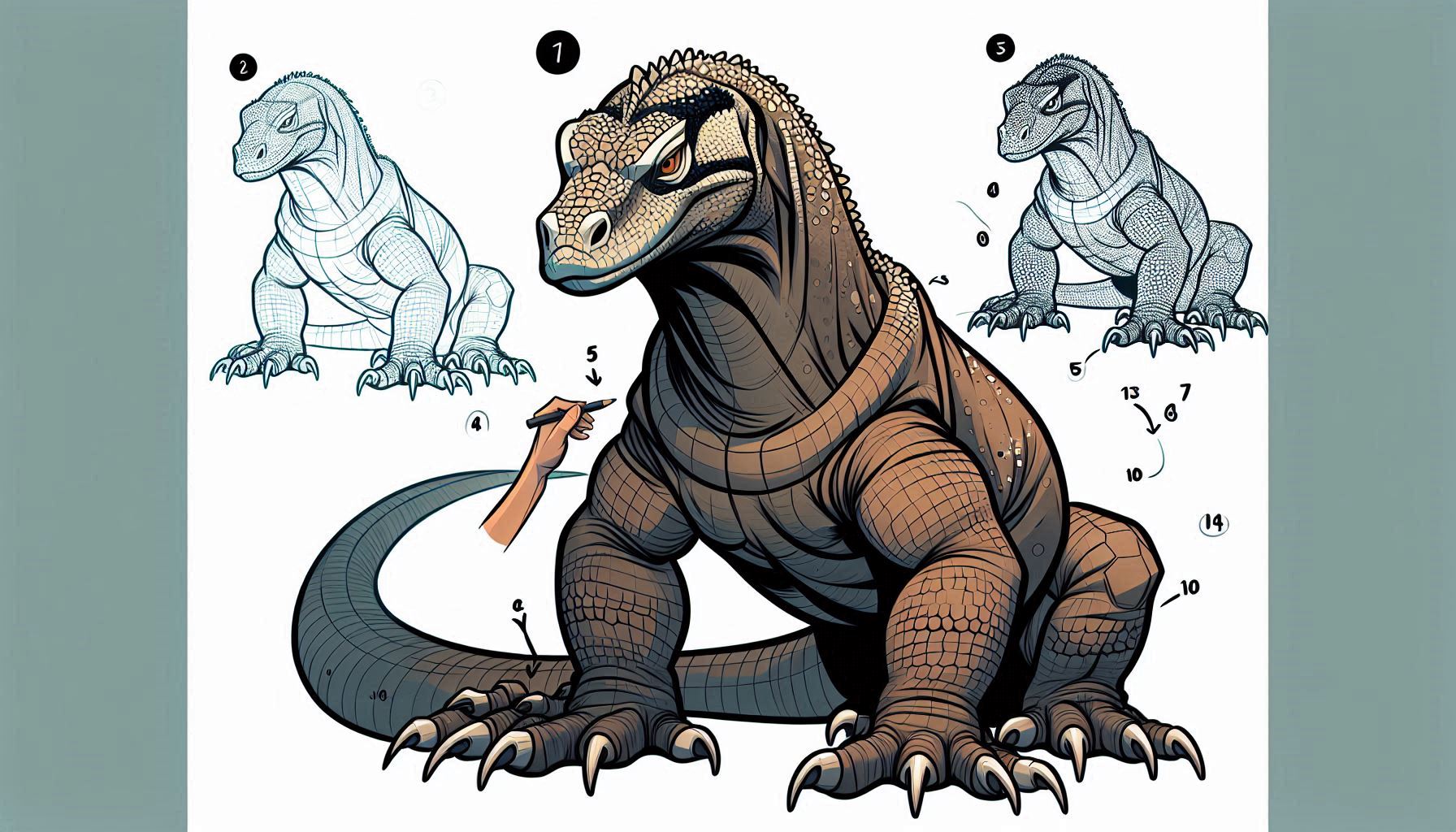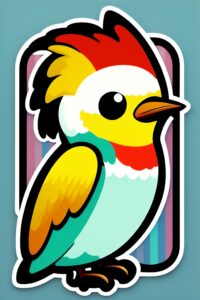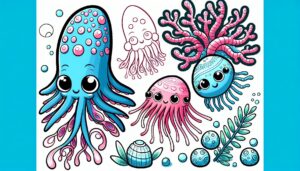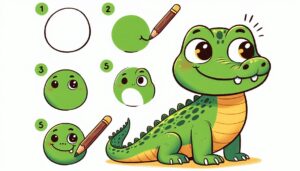Creating a Komodo dragon illustration is a thrilling opportunity to delve into the characteristics of this remarkable and formidable reptile. Komodo dragons are famous for their impressive size, rough exterior, and unique scales. In this guide, we’ll walk you through the process of drawing a Komodo dragon, paying close attention to its distinctive characteristics and incorporating creative elements. Let’s embark on this imaginative journey!
The Fascinating Anatomy of Komodo Dragons
Komodo dragons are known for their impressive size, strong physique, lengthy tail, and formidable bite. They have a distinctive appearance with their rough scales and a posture that helps them carry their weight. By familiarizing yourself with these features, you can enhance the precision and intricacy of your drawings.
The Joy of Capturing the Scales and Texture
Creating a Komodo dragon drawing requires capturing the unique texture and roughness of its skin. The scales and the rough texture bring depth and character to your drawing. This challenge helps improve your skills in working with textures and creating a lifelike representation of this incredible reptile.
Discovering the Fascinating World of Komodo Dragons Through Art
Komodo dragons are captivating creatures with distinct adaptations and behaviors. Exploring the unique characteristics and role of these little ones can be a fascinating experience. This theme highlights the educational aspect of art and the chance to explore new aspects of Komodo dragon life through creative expression.
Steps: How to Draw a Komodo Dragon
First, start by sketching the fundamental outline.
Begin by sketching the fundamental outline of the Komodo dragon’s body. Start with a sizable, elongated oval for the body. The physique should be strong and have a subtle curvature. Create a smaller oval or rounded shape for the head at one end of the body.
Step 2: Incorporate the Head and Facial Features
Place the head in the forefront of the body. The shape of the head should be triangular, with a snout that is slightly rounded. Place two small, circular eyes on each side of the head. When drawing the mouth of a Komodo dragon, it’s important to note their distinct jaw shape, which has a slight curve. Place nostrils at the end of the snout.
Step 3: Now let’s move on to drawing the legs and feet.
Komodo dragons possess robust legs and powerful claws. Sketch the front legs as robust, gently arched forms that emerge from the body’s sides. Enhance the legs by adding small, pointed tips for a more captivating touch. When drawing the hind legs, it’s important to make them slightly larger and position them a bit further back. Consider adding claws to the hind legs too.
Step 4: Now it’s time to draw the tail!
The Komodo dragon possesses a lengthy and robust tail that gradually narrows as it reaches its tip. Begin drawing the tail from the back of the body, extending it outward and gradually narrowing it to a sharp point. The tail should have a sturdy and gently curved shape.
Step 5: Enhance the Visual Appeal
To capture the unique texture of the Komodo dragon’s skin, create small, irregular shapes and patterns on its body and tail. Include these details to add realism to the skin, which is covered with rugged, overlapping scales. Include specific information about the creases in the skin and the roughness of the claws.
Step 6: Perfecting the Form
Opt for a darker pencil or pen to carefully go over your sketch and enhance the shape of the Komodo dragon. Refine the contours of the body, head, legs, and tail. Make sure the body segments, legs, and tail are clearly defined and in proper proportion. Remove any unnecessary guidelines or overlapping lines to tidy up your drawing.
Step 7: Enhance with Shading and Color
Elevate your artwork by incorporating shading techniques that bring out the texture and depth of the Komodo dragon. Utilize deeper hues to generate shadows beneath the legs and in the creases of the skin. If you’re coloring your drawing, consider using earthy shades such as browns, grays, and greens. Use lighter shades to highlight certain areas and darker colors to add depth and dimension, resulting in a more realistic and detailed look.
Topic 1: The Fascinating Physiology of Komodo Dragons
Exploring the anatomy of a Komodo dragon through drawing reveals its muscular body, long tail, and sturdy legs. Understanding these features enables you to create a comprehensive and precise depiction. Recognizing the allure of Komodo dragon anatomy can help improve your artistic abilities and deepen your understanding of these captivating reptiles.
Theme 2: Exploring the Joy of Capturing Scales and Texture
The rough scales and texture of a Komodo dragon provide an enjoyable and fulfilling challenge for artists. Mastering these details demands imagination and expertise, making it an excellent opportunity to explore textures and produce lifelike artwork. Find joy in the process of creating the dragon’s scales and giving it a rugged appearance.
Theme 3: Discovering the Fascinating World of Komodo Dragons Through Art
With their fascinating appearance and unique adaptations, Komodo dragons provide an opportunity to delve into captivating aspects of reptile life. Exploring different textures and colors in your artwork can create a visually captivating and educational experience. This theme celebrates the excitement of exploring different aspects of Komodo dragon life through art.
In conclusion
Drawing a Komodo dragon is a fun and captivating experience that lets you capture the distinct features and textures of this remarkable reptile. By following the steps in this guide and paying attention to its anatomy, texture, and colors, you can create a detailed and captivating Komodo dragon drawing. Embrace the joy of the artistic process and let your imagination soar as you create a masterpiece on paper!
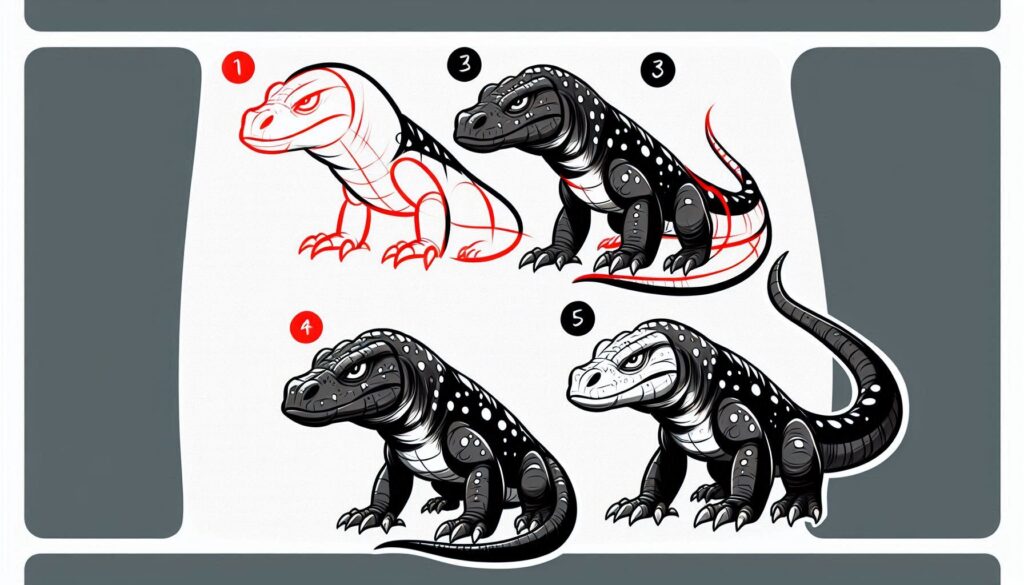
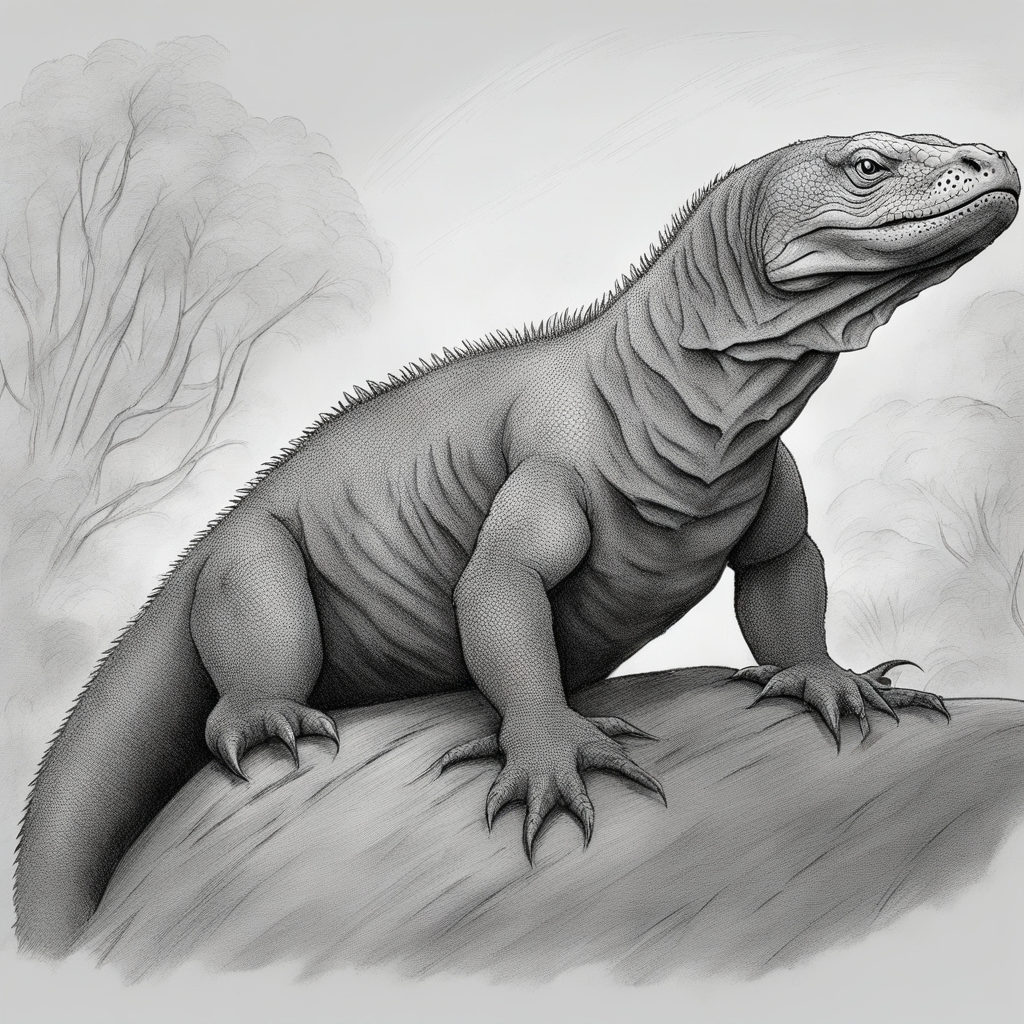
Check out this fun and simple guide to learn how to draw a gecko with easy step-by-step instructions! This fun tutorial provides easy steps, allowing young creators to dive into their imagination while discovering these amazing reptiles!

